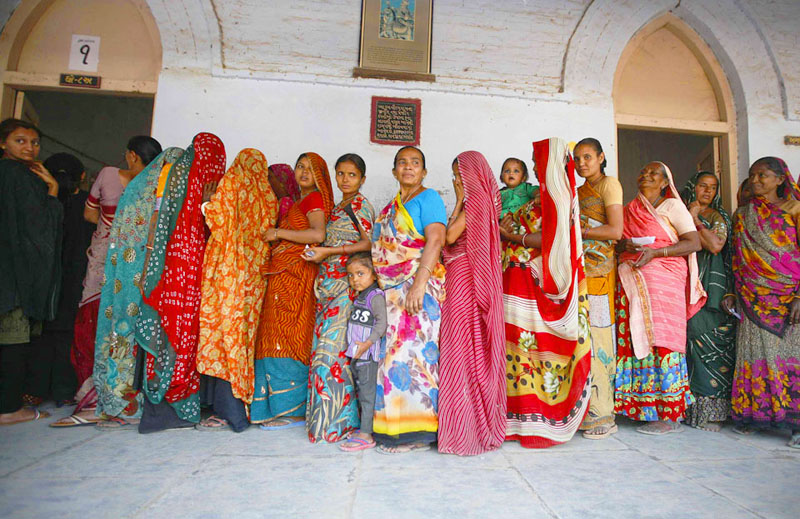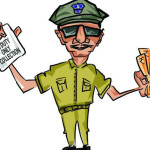Welfare schemes are essential to improving the welfare of women and girls in India. Prof. T. V. Sekher, a professor at the International Institute for Population Sciences in Mumbai, specifically researched the Conditional Cash Transfer (CCT) schemes of India. His research project “Conditional Cash Transfer Schemes and Girl Children: Indian Experience”, which commissioned by UNFPA, inquired into 15 CCT schemes for girls all over the country. At CSR’s Conference on Sex Selection he shared some of his major findings of the research with us.


The most positive outcome of his research was the observation that the schemes have led to more families are investing in the education of their daughters and delaying their daughters’ age of marriage. As the money is directly transferred into the bank accounts of families, chances of corruption are very small and people generally perceive the schemes as very helpful.
At the same time, the research also identified a couple of challenges in the implementation of the CCT schemes. One important challenge is the lack of proper monitoring of how the money is actually used. Research had illustrated that the money which is given when the girl reaches the age of 18 unmarried, is sometimes used for dowry.
Another issue is that some schemes only apply to the first born daughter in the family. The logic behind this might be to discourage people from having many children. Yet in reality, it works to provide parents with more reasons to abort their female fetuses. Some schemes (although not the ones in Delhi luckily) even require the family to produce a sterilization certification in order to be eligible. In future policy making, it will be very important to delink welfare schemes from family planning.
Lastly and most importantly, there are challenges with regard to access to the schemes. First of all, currently the schemes are too paperwork heavy. Predictably, many beneficiaries report problems with regards to producing all the required documents and certificates. Even more pressing is the fact that most people are not even aware of the existence of the welfare schemes. This is due to poor management of the publicity of the schemes. A quick look at the governmental websites can inform you that the information provided online is outdated. Offline information is equally scarce and scattered.
Professor Sehker observed that this might be because many of the CCT schemes are closely associated with one particular chief minister or political party. So as soon as the governments change, there is little investment in the continuation of communication around the schemes, initiated by previous governments. This results in people being unaware of the schemes available for women and girls, as well as the process of application.
As civil society, the communication aspect of the schemes can easily be taken up. Especially in the digital era that we live in, communication around welfare schemes can and must be improved. At CSR, we work to improve communication around the available schemes for the women and girls of Delhi.
Discuss this article on Facebook




